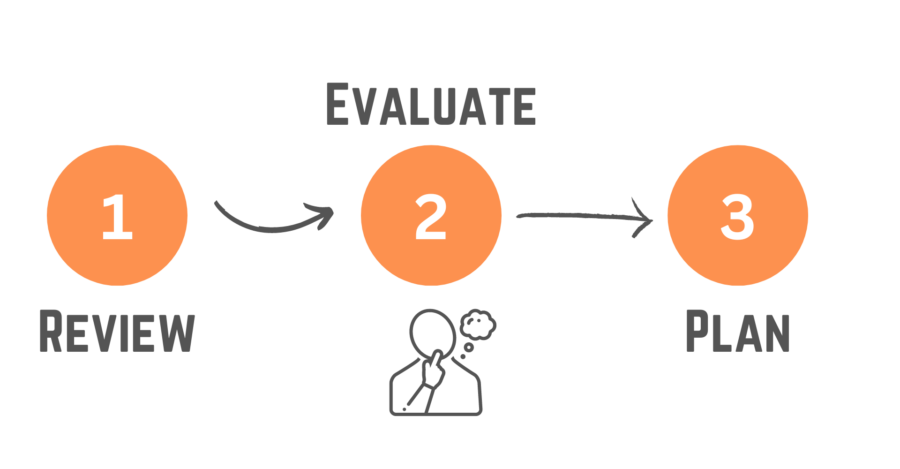As you enter the next quarter of 2023, it’s important to reflect on how well your talent strategy is aligning with your business goals. This is an opportune time to design or reassess your talent mapping approach, so your recruiting and hiring scheme going forward stays in line with this year’s business goals.
What is talent mapping?

Talent mapping is a process of evaluating where your organization stands in terms of current and future talent needs. It often involves conducting internal performance assessments, identifying worker skill and knowledge gaps, and determining if any talent shortages exist.
Think of a talent map as a tool that can help the organization navigate recruitment in an informed manner instead of merely reacting to changes. As industries and technology evolve, it is critical to have a direction and understanding of what human resources are available to take things in the right direction. A talent mapping process helps human resource leaders plan to take the organization from A to B, with recruitment and employee development supporting the effort.
How does talent mapping benefit the organization?
You may wonder how talent mapping benefits the organization, especially when there are talent shortages and quality talent leaving for other opportunities. Talent mapping uses workforce data to make recruitment decisions. This means it is based on reliable facts instead of guesswork. According to Lever, a leading talent acquisition suite
Talent acquisition leaders ensure their teams have both data-drive mindsets, as well as the requisite technology that enables their organizations to execute data-driven recruiting and TA strategies.”
With the second quarter underway, companies reevaluating their recruitment strategies can use data from various sources, including recruitment, retention, performance, and feedback, to predict company projections for the year. Based on the first quarter, businesses can review how (and if) their beginning-of-the-year hiring sprees addressed talent and skill shortages. Then, based on their projections, they can better identify what they need moving forward.
In simple terms, talent mapping benefits the organization because it helps focus on data to create a proactive approach to developing a strategic plan for your upcoming talent needs. When combined with a strong recruitment system, your map can take your organization into the future with confidence.
What happens if I don’t use talent mapping?
You’ll be shortchanging your organization if you choose not to use some form of talent mapping. This activity puts your recruitment team in a position to help the organization succeed. Not knowing how or where to find the best talent, or not even having a clue on skills to focus, is not wise.
No longer can we count on succession planning and the slow work of cross-training with the hopes that our employees can keep up. Now, recruitment must be adaptable to the ever-changing needs of the organization. The Mercer 2022-2023 Global Talent Trends Study advised,
“The pandemic underscored the importance of a skills-based talent model and agile work design in building the workforce of the future.”
If you don’t use talent mapping, you risk recruitment efforts that will not be aligned with corporate goals and future growth.
How can I create a talent map?
While it may sound complicated, it’s really not difficult to create a talent map for the latter part of 2023. In fact, you can do this in three simple steps.

#1 – Review
Review your hiring and recruitment strategy for the year so far and identify any emerging roles that will drive business objectives in the remaining part of 2023. This can be connected to new company financial goals, new technology, and rising leaders on your team.
#2 – Evaluate
Evaluate current job roles and freshen up job descriptions so they reflect the tasks that are most important to the organization. This includes new software and methods that enhance job performance. You must also evaluate what new skills you’ve helped your employees build to upskill your workforce.
#3 – Plan
Use a visual map software (or, if you prefer to use pen and paper, that’s fine!) to draw out career paths for each job type. You may find that you don’t actually have to hire anyone new. You may be able to offer an internal promotion. Also, think about the logical path a new hire would take. Then be sure to communicate these career advancement opportunities to new employees and candidates to retain and attract high-performing people.
What do I do with this information?
You’ve got a talent map – now what? Every quarter, measure your recruitment and retention efforts against this talent map to see if you are meeting goals and staying aligned with the company’s vision. If something changes in the organization or industry, adapt your talent map. As part of this process, evaluate your current recruitment and onboarding tools to see if there are areas that need improvement.
Your talent map is a valuable resource for ensuring your organization is headed in the right direction in terms of talent. Take the time to learn more about talent mapping by reviewing the articles here.






